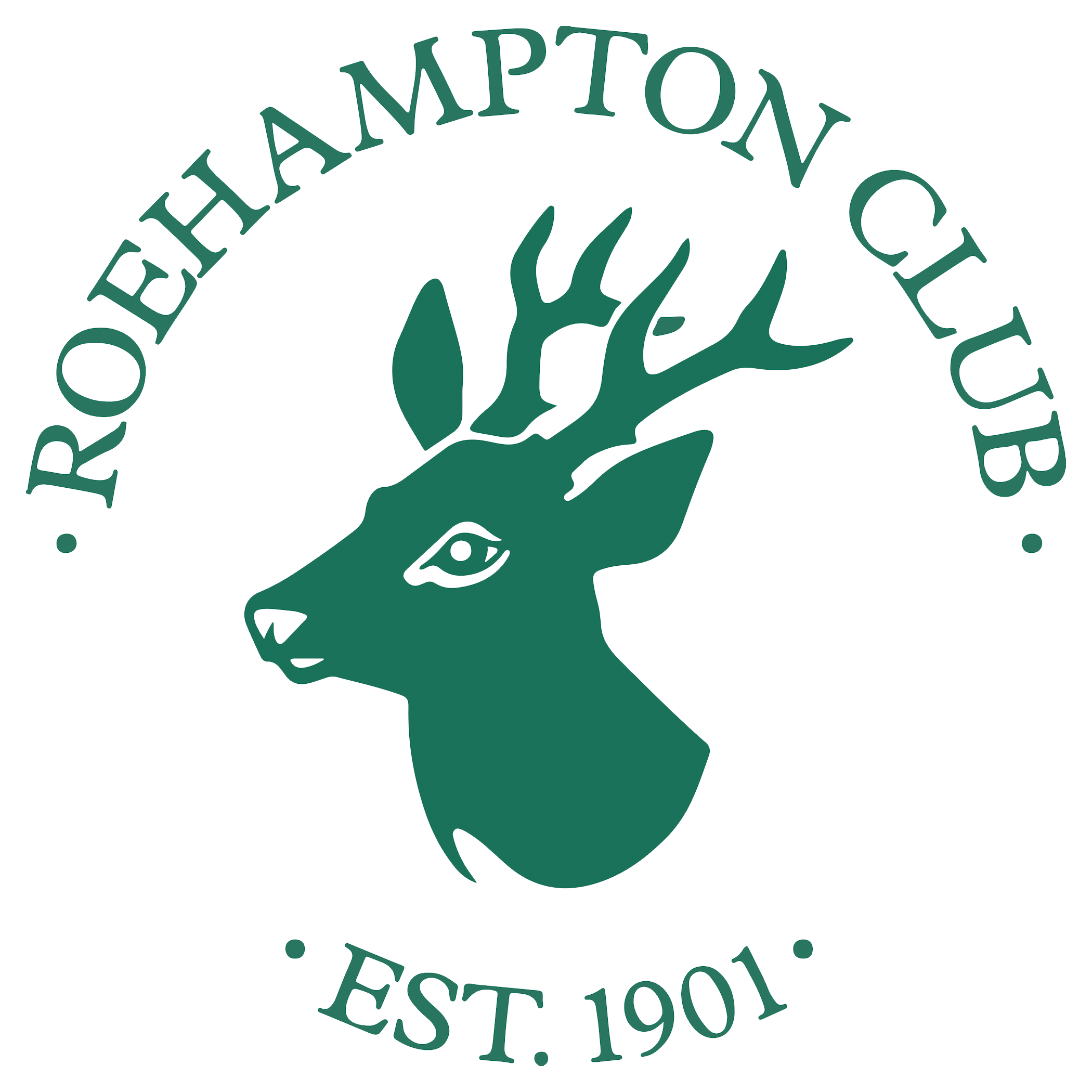Post Wimbledon, it’s not just the pros on Centre Court feeling the strain – tennis elbow can creep in whether you’re rallying at your local club, tackling DIY jobs at home, or just lifting a heavy kettle. If you’re feeling an ache on the outside of your elbow, read on for practical advice to get you back in the game.
What is tennis elbow, and what does it feel like?
Despite its name, you don’t have to play tennis to get tennis elbow. That nagging pain on the outside of the elbow often starts as a mild, occasional ache and can grow into a persistent discomfort that limits everyday activities.
Common signs include:
A sharp or burning pain on the outside of your elbow
Morning stiffness
Pain when:
Opening doors
Lifting a kettle or shopping bags
Gripping objects like a racket or a screwdriver
Carrying anything with a straight arm
Often, the pain is very localised, and you’ll be able to point directly to where it hurts – typically the bony point on the outer part of the elbow.
